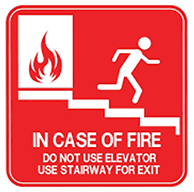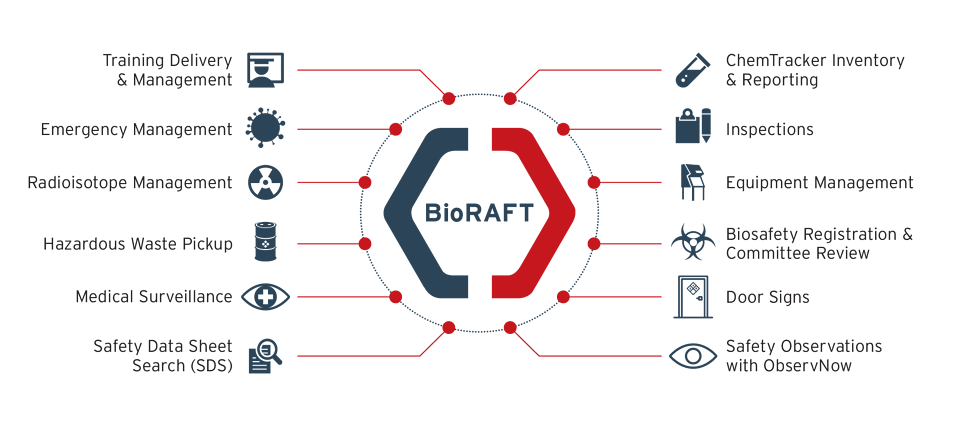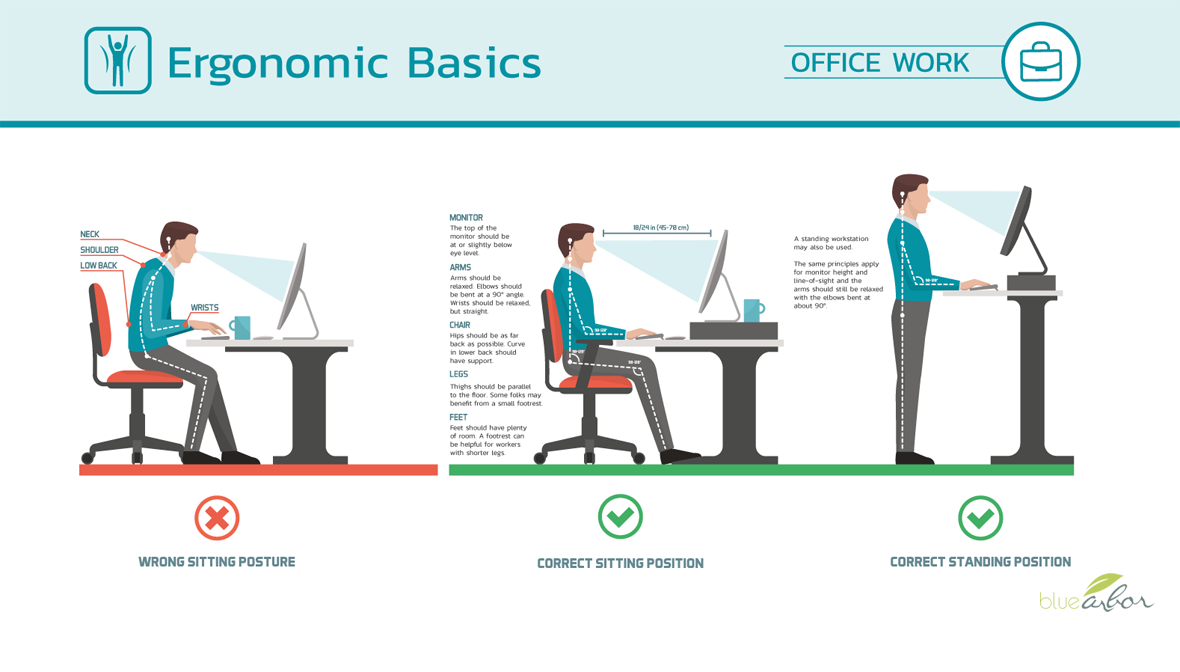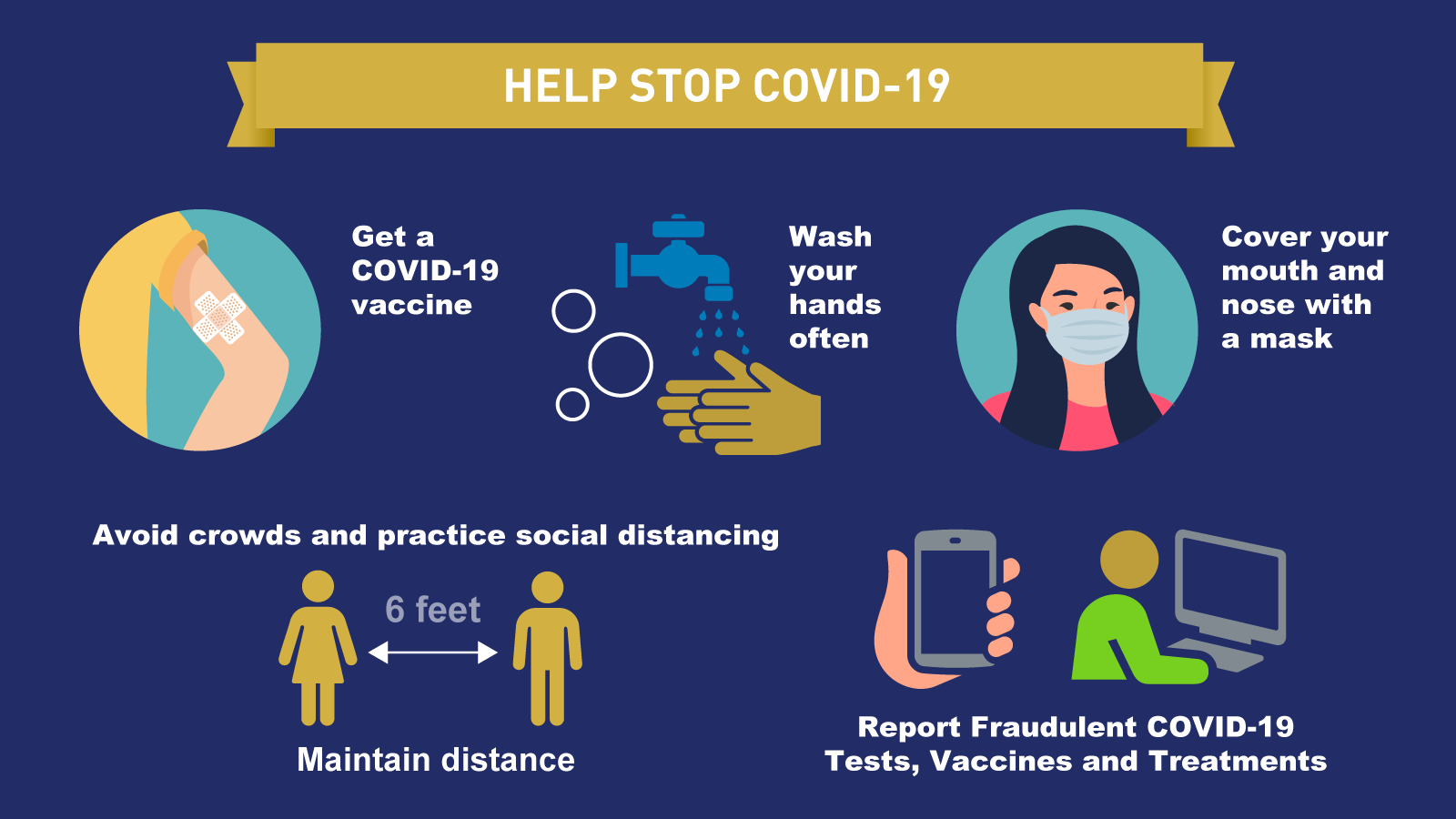Environmental Health & Safety from the Director's Desk
|
|
|
|
Summer is here, and our research community has already accomplished so much this year.
The AAALAC inspection team visited to complete that portion of our re-accreditation, and the University of Miami did an amazing job. There is a list of items and recommendations to tackle while the U continues through the process. Our EHS team is here to support you on any safety items with which you need assistance. Let's work together to keep up the good work and finish the re-accreditation for the next cycle. You will see EHS in and around the buildings performing their normal duties, but also looking to help with the items where AAALAC suggested improvement.
As we have continued to ramp up research, other work around the University is also on the rise. This includes multiple renovation and construction projects. While these exciting upgrades take place, please pay attention to the notification emails and signs around campus so you can adjust your routes and work accordingly, as well as stay safe. Remember, if you see or smell anything unusual, report any concerns by calling, emailing, or using our "Report Safety Concerns" button on the EHS website.
As always, we hope you find the information in this newsletter informative and useful, and we look forward to continuing to assist you in a safe and productive manner.
Warm regards,
Jennifer Laine, DrPH
Executive Director, EHS
|
|
|
Fire Safety, Emergency Egress, and Evacuation

In less than 30 seconds, a small flame can grow into a major fire. Knowing what to do in the event of a fire can mean the difference between life and death.
To be prepared at the University, personnel must be familiar with the emergency procedures. This starts with keeping exits and exit corridors clear and unobstructed at all times, to provide full use in the event of fire or other emergency. It also includes knowing your evacuation plans, which can be found and periodically reviewed at prepare.miami.edu.
If the fire alarm is activated, treat it as a fire event. Evacuate using the nearest exit and assemble at the designated meeting site. Do not prop open exit doors! Keep exit doors closed to prevent smoke and fire from spreading into the stairwells.
Get to know your stairwells! Never use the elevator to get out of a burning building. Elevators can stop working in a fire event, even with occupants inside. Even if you cannot navigate stairs, the exit stairwell landing is still the appropriate location to be in an event. Evacuating occupants should alert the first responders, who will then assist with your evacuation.
In case of fire, remember RACE:
| R |
Rescue persons in immediate danger |
| A |
Alert others by activating the building fire alarm and calling 911 |
| C |
Confine the fire by closing doors |
| E |
Extinguish*/Evacuate to the designated meeting site |
*Attempts to extinguish the fire must only be done after the building fire alarm and 911 response have been activated, and only if the fire is small and contained, the appropriate extinguisher is available, and the user has been trained on how to use a fire extinguisher. If the fire cannot be extinguished after using one fire extinguisher, close all doors and evacuate the building. Assemble at the designated meeting site.
You may request fire extinguisher training for you and/or your department by emailing our Fire Safety Manager, Christine Daley. For more fire safety information, please visit ehs.miami.edu.
|
|
|
Your Hazmat Team
For many years, our hazmat team was led by Vaughan Munro, who retired on the first day of 2022 and we wish him all the best on his new path. To that end, we are actively looking for a replacement. In the meantime, EHS continues to have a strong hazmat team who are reviewing permits, fielding investigations, providing hands on training, and conducting hazardous waste pick-ups and laboratory moves. Please continue to reach out to Abraham Somosa, Brian Reding, or Jennifer Laine for assistance with your hazardous waste needs.
For those of you on the Coral Gables campus, Facilities Operations and Planning is in the process of renovating the current biomedical waste disposal area and procedures. Keep an eye out for our next newsletter and on our website for future updates.
|
|
|
New General Biosafety Training Online
Among new trainings rolled out by the Biosafety Office in 2021, the General Biosafety training is replacing the existing BioSafety training that was offered on Blackboard. The previous training had been kept online to provide on demand access for biosafety training needs up until now. A key change that the new online training platform provides is that it is accessible for all researchers within the University, whether they are staff, faculty, or student.
To access the new General Biosafety training, access the EHS Thought Industries online training platform.
You may have experience with this platform if you completed the mandatory return to campus COVID-19 training in 2020 or 2021. If you've previously used the platform, access the training by first emailing help.dli@miami.edu and requesting access to the course. An email will be sent to alert you when you have been granted access. After, you will need to reset your password on this platform to log in successfully and access the training.
New users of the platform can simply access the training directly by creating an account and then registering for the course. If you have any access issues, email help.dli@miami.edu.
Live training will continue to be offered via webinar twice a month for those who would like to ask questions or chat with the Biosafety Office.
BioRAFT Biological Registration
As a reminder, if your lab conducts biological research, submit your biological registration for review and approval. This new module can be found within BioRAFT. Not only does this allow for a more complete overview of the research conducted at the University, it also enhances risk assessment, assists with regulatory guidance, and will administratively file lab protocols for easier IBC resubmissions in the future. Submissions must come complete with the biological hygiene plan.
Please see the BioRAFT webpage to get started. For further assistance, review step by step guidance.
|
|
|

|
Ergonomics – Working from Home or at the Office
During this COVID-19 pandemic, with no clear end date, working from home (WFH) has presented as an option that has both benefits and challenges. One of these challenges is creating a comfortable and productive workspace within the home.
According to a paper published on the Journal of Occupational and Environmental Medicine, titled, "Impacts of Working From Home During COVID-19 Pandemic on Physical and Mental Well-Being of Office Workstation Users," set up of a home workstation has both physical and emotional impacts. Thankfully, negative impacts can be reduced through the application of basic ergonomics principles to workstation setup.
For those that may not be familiar with the term, "ergonomics" is defined as an applied science concerned with designing and arranging things people use so that the people and things interact most efficiently and safely. In other words, it is the concept of adjusting the work environment to fit the user and not the other way around!
Recent research indicates that the majority of our waking time is spent sitting down watching a screen. In fact, screen time continues to be on the rise. According to Nielsen, a market research group, American adults spend more than 11 hours per day watching, reading, listening to, or simply interacting with media. That's up from about 9.5 hours just four years ago.
What can we do to improve our ergonomic situations in this environment? Listed below are three recommendations for you to reduce stress, decrease the possibility of musculoskeletal disorders, and promote a more enjoyable work environment:
Get up, stretch, and walk.
Remind yourself to move throughout the day. Every 30 minutes, stand up and take a moment to stretch. Plan short walks throughout the day. Maintaining a healthy level of physical activity can promote productivity and reduce stress.
Work in neutral.
Learn how to setup your desk and work in neutral. It's important to scan our body for tension and adjust our workstation so that we can relax while working. At EHS, we have staff that can assess your office workstation and show you how to adjust it properly. An evaluation of your work set up includes your chair, your desk, and your monitor(s). In addition, the positions of your mouse, keyboard, phone, and other commonly used equipment should be considered. Avoid having to regularly reach for things. The idea is to bring them close to you with less muscular exertion and stress.
Don't forget your eyes.
Eye health is important. Scheduling periodic eye exams will give you the opportunity to discuss screen time with an ophthalmologist. Your doctor can guide you on changes in vision and other symptoms, such as dryness or itchiness. Just like our body needs a break, so do your eyes! Take some time to give your eyes a break from the screen now and then. For brief breaks, try focusing on a distant object for a few seconds. Take a look around. Ensure that glare on the screen is reduced and that the illumination in your space promotes easy reading, writing, and performing of tasks.
Applying some basic office ergonomics principles, starting with following these simple steps, will go a long way to achieving the goal of a destressed, satisfying workspace.
|
|
|

|
COVID-19 Prevention Strategies
The many COVID-19 pandemic variants have taught us to be ever vigilant regarding infection control and prevention measures that we need to be mindful of during these difficult times. As the world is unmasking, you can opt to safeguard yourself and others from COVID-19, and other commonly spread infections, by continuing the prevention strategies of frequent hand washing, reduce touching your hands and face, following the vaccination recommendations, and wearing a mask—particularly if you are immunocompromised or if you are in a high-risk scenario.
The rules and regulations throughout the state, the country, and the world continue to change. Keep in mind that while you reinstate some pre-pandemic hobbies and habits, or adopt new ones, that enforced rules may be different depending on your location or activity. The University is striving to keep compliant with all our regulatory and accreditation bodies. In the meantime, these following points still apply:
- Getting vaccinated against the COVID-19 vaccine is an important step in protecting yourself against COVID-19. It is also mandatory for working at the U. Upload your vaccine immunization card at workday.miami.edu. A tip sheet is available to assist you in uploading your vaccine proof.
- Wearing the proper mask is also a good way of protecting yourself against COVID-19. If you are required to wear an N95 respirator, stay up to date on your fit testing. Fit testing can be completed at our EHS office. Call 305-243-3400 to make an appointment.
- The Centers for Disease Control and Prevention has resources that can help you in following the correct steps in practicing good hand hygiene. More information can be found at cdc.gov/handhygiene.
|
|
|

|
|